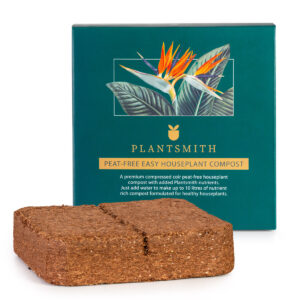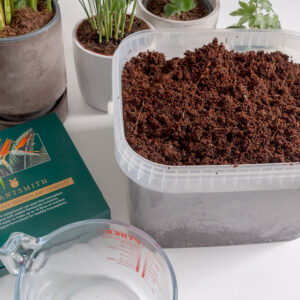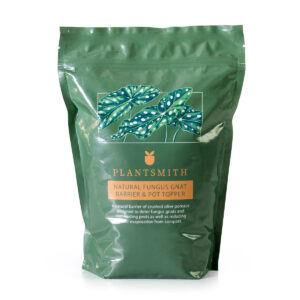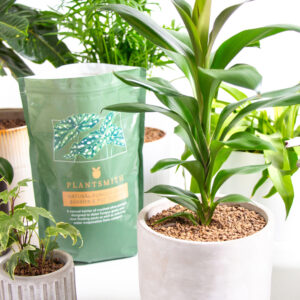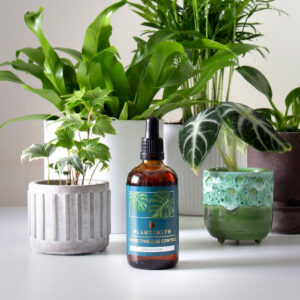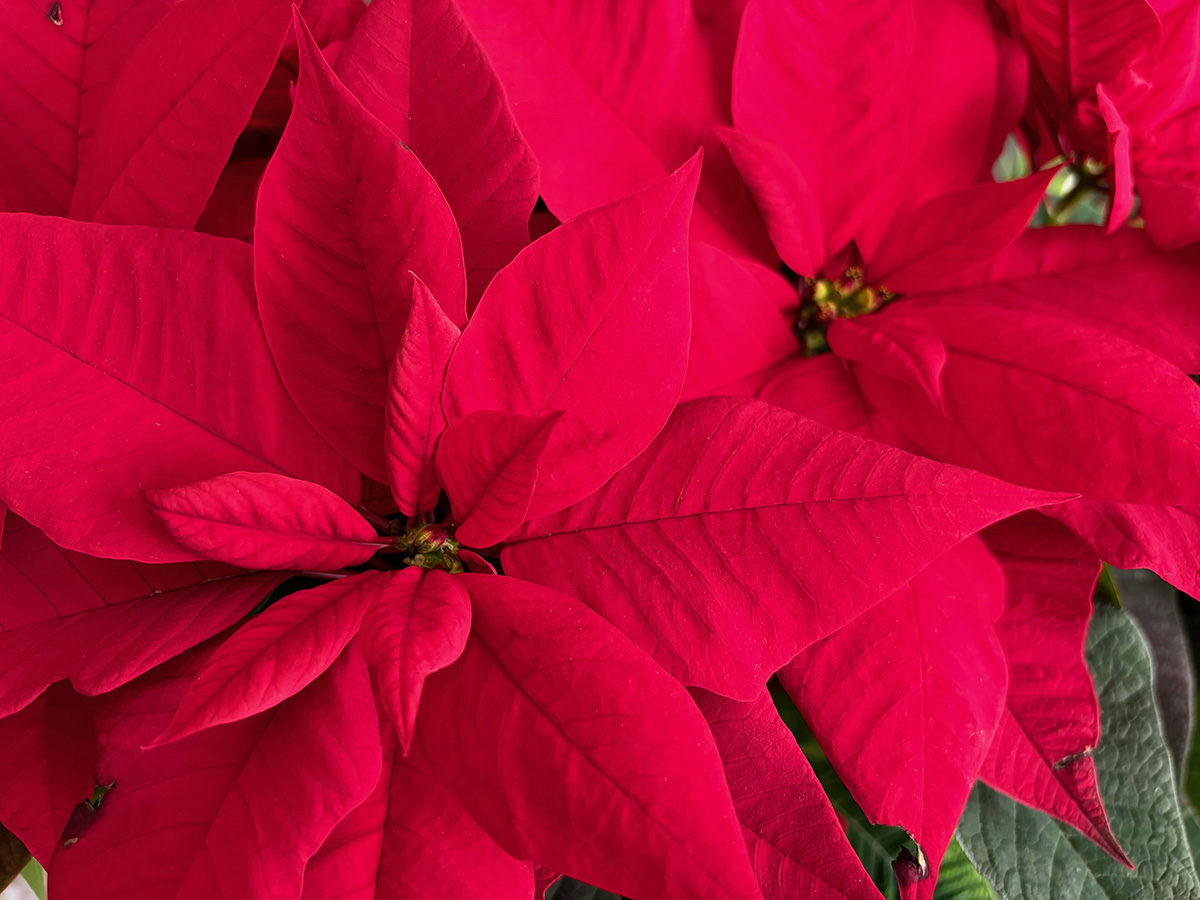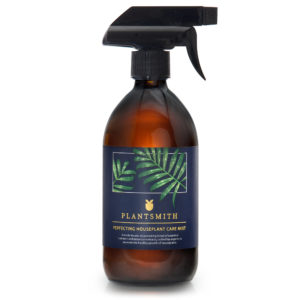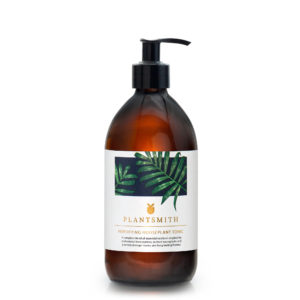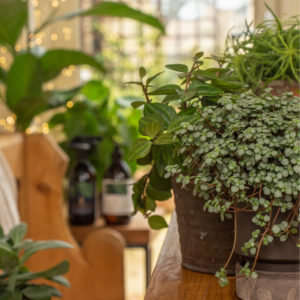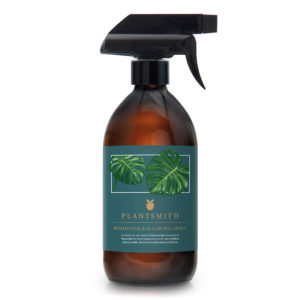Would Christmas be Christmas without a Poinsettia? These bright perennial shrubs bring cheer to households throughout the festive season and although most commonly red there are in fact over 100 varieties of poinsettias sporting pink, purple, orange, white, even marbled and speckled leaves known as bracts. Look closely to see the real Poinsettia ‘flowers’ at the bract centres; in the wild these bead-like petal-less yellow clusters known as cyathia, meaning cup, secrete nectar to attract insects.
Native to Mexico these plants are enjoyed around the world today and have become symbolic of Christmas festivities. Sadly, they are often bought as a short-term disposable plant but even though they can be difficult to look after long term read on to find out how you can keep your Poinsettia thriving.

Temperature
Poinsettia are particularly susceptible to low temperatures so keep them away from cold, draughty windows where temperatures can drop overnight. Their optimum conditions for a colourful display is 18°C (65°F) but average household temperatures between 60 – 70°C (15 – 21°F) will keep your plant happy.
Also, be thoughtful where you buy your plant. If Poinsettias are left outside in the cold on a garage forecourt or by a draughty supermarket door then your plant is probably going to be on the decline before you even get it home.

Light
Poinsettia are happiest positioned in a bright spot out of direct sunlight. They love light but detest being scorched in full sun so pop them near a bright window where they can get six to eight hours of indirect sunlight a day.
Water
Water poinsettia sparingly; let the top half of the soil dry out before giving them a good soak. Like many houseplants they are not fans of soggy bottoms so avoid letting the plant sit in water or roots might rot. Rainwater or deionised water is favourable to tap water; hard water minerals can hinder growth.
Water butt rainwater can be very cold throughout winter so fill a watering can and leave it to acclimatise indoors to room temp before using it.
Poinsettia like to be misted; spray foliage every day with a fine mist of rainwater, or to increase nutrients as well as humidity, use Plantsmith Perfecting Houseplant Care Mist. Now radiators are back in action, the air in our homes becomes very dry so misting helps compensate by temporarily increasing humidity surrounding the plant. Also group houseplant pots together to raise humidity and stand plants on a tray of pebbles or invest in a humidifier.
Soil
Plants purchased from supermarkets or garages are likely to need a boost when you get them home so recharge their batteries by repotting them in fresh free-draining peat-free compost and add a generous dose of grit so water can drain out the bottom of the pot after watering, rather than letting roots sit in water.
Fertiliser
Poinsettia do not need feeding whilst their colourful bracts are blooming, but to keep your plant’s foliage flourishing, start fertilising once a month in the New Year once the colourful leaves have faded.
Plantsmith’s Fortifying Houseplant Feed & Tonic provides an optimum ratio of nutrients for houseplants to encourage strong, healthy growth. Shake the bottle then add 5 ml (approx. 4 pumps from 500ml bottle) or dilute one pipette from the 100ml bottle per litre of tepid rainwater; mix, then water onto the soil.
Problem Solver
Poinsettias are not poisonous if eaten but people and pets are likely to get an upset stomach and be sick if the plant is ingested so do not eat it!
Be aware that Poinsettia has milky latex sap so take care when handling and especially avoid any contact between the sap and eyes. If you have a latex allergy then be cautious, look but don’t touch.
Leaf Fall
Poinsettia are sensitive to temperature and draughts; if leaves start to fall off it could be the environment is too cold for them. Check they are not left near a window overnight where temperatures often fluctuate, a draughty door or a radiator.

Yellow foliage
Foliage turning yellow can be a sign of many things from low lights levels, over fertilisation, deficiency of minerals like magnesium to waterlogging. Excess watering will cause the lower leaves to turn yellow and drop off. Let your plant dry out before re-watering. If the soil is totally saturated you could always repot the Poinsettia in fresh peat-free compost.
Pests
Fungus gnats can plague soil. Place yellow fly paper traps in houseplant pots to attract the adult flies then use a biological control to break the gnats lifecycle. Water the soil with parasitic nematodes, Steinernema feltiae. A few applications may be needed but keep persevering, your plants should end up fly-free.
White fly are heart-shaped sap sucking insects that can weaken plants. Their lifecycle lasts around 18 days, in that time they undergo a metamorphosis through many hungry stages of growth before emerging as flies.
Repel pests by regularly spraying with Plantsmith’s Protecting Bug Control Spray which is 100% vegan friendly and cruelty free, providing plants with a wealth of essential nutrients. Plantsmith’s Protecting Bug Control Spray blends natural surfactants alongside iron chelate, magnesium and manganese chelate which will help boost vigour.
Propagation
Propagate poinsettia by taking soft wood cuttings, this is a great way to increase your houseplant collection, make gifts for friends and get plants for free.
Snip 10cm stems cleanly above a leaf node from the parent plant, preferably in the morning, when plants are full of fluid as transpiration rates are lower at night.
Cut just below a node at the bottom of the cutting and remove lower leaves. Snip top leaves in half to reduce moisture loss. Dip the end in growth hormone and pop around the edge of a pot of peat-free compost and leave in a warm spot.
To get your plant surviving through to next winter takes a bit of time and skill. Tough love is needed around April time; prune your poinsettia to around 10cm and keep it at around 13°C (55°F). Repot in May ready for summer and place in a bright spot around 15-18°C (60-65°F). To get it to bloom for Christmas is a little like forcing hyacinth bulbs. Mimic winter by giving your plants 12 hours of darkness per day which stimulates the plant to bloom.
Fun Facts
Poinsettia is named after the 1825 first United States Ambassador to Mexico and keen botanist Joel Roberts Poinsett. He discovered the plant in Mexico whilst exploring in 1828 and returned to his home in South Carolina with cuttings to propagate.
In Mexico and central America, Poinsettia can grow up to 15ft tall!
Ancient Aztecs used the bracts and bark to make purple-reddish dye and the sap to control fevers.
The Aztecs called Poinsettia ‘Cuetlaxochitl’.

